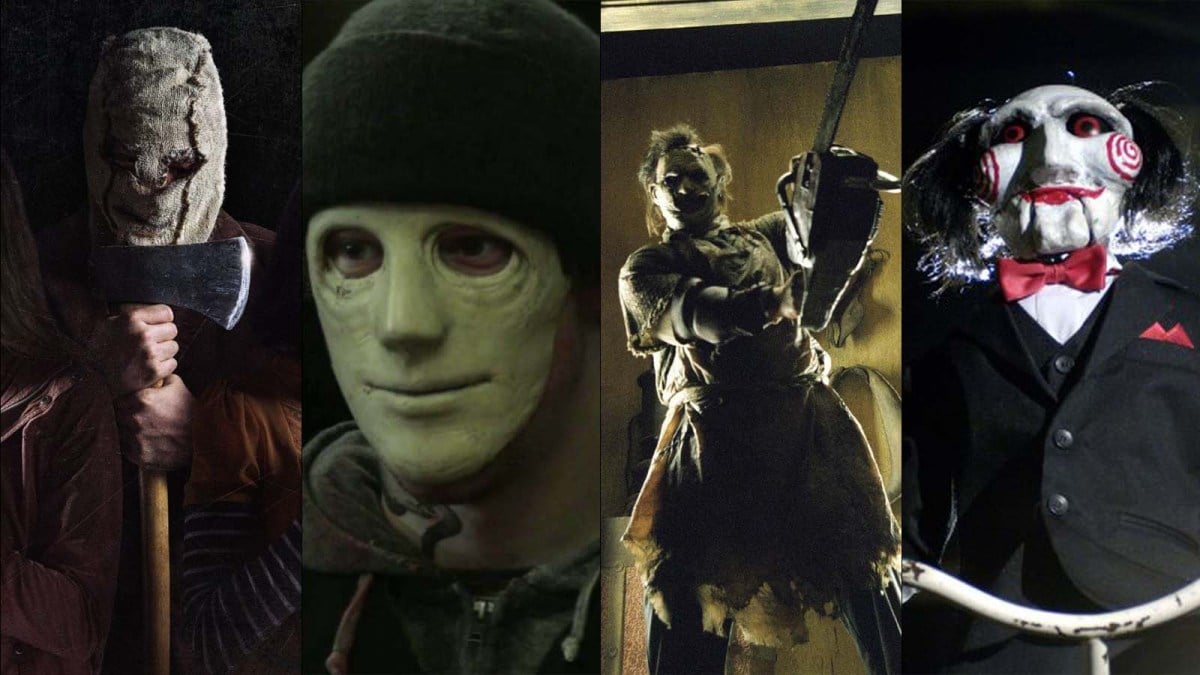Everyone knows Michael Myers, Freddy Krueger and Jason Vorhees, but what about the more subtly terrifying horror villains that operate behind the scenes and let others take the credit? What about the lesser-known horror flicks that feature some of the most underrated antagonists of all time? Nowadays, the biggest names are the most well-known, but the horror genre has its fair share of distressing figures and criminal masterminds, human or not. For this list, we will be taking a closer look at some of the most underrated horror villains of all time, including sidekicks, one-shot wonders, and even central antagonist who were lost to the mainstream evolution of modern-day horror and sadly forgotten for bigger, better baddies.
From The Texas Chainsaw Massacre to Hannibal, there have always been dastardly villains within the horror (borderline thriller) genre that were underestimated and deserve more love for making a lasting impression and terrifying us in a more subtly understated way than the average mass murderer. In no particular order, here are WGTC’s picks for the most underrated horror villains — some of which you might have forgotten about yourself.
Drayton & Nubbins Sawyer (The Texas Chainsaw Massacre)
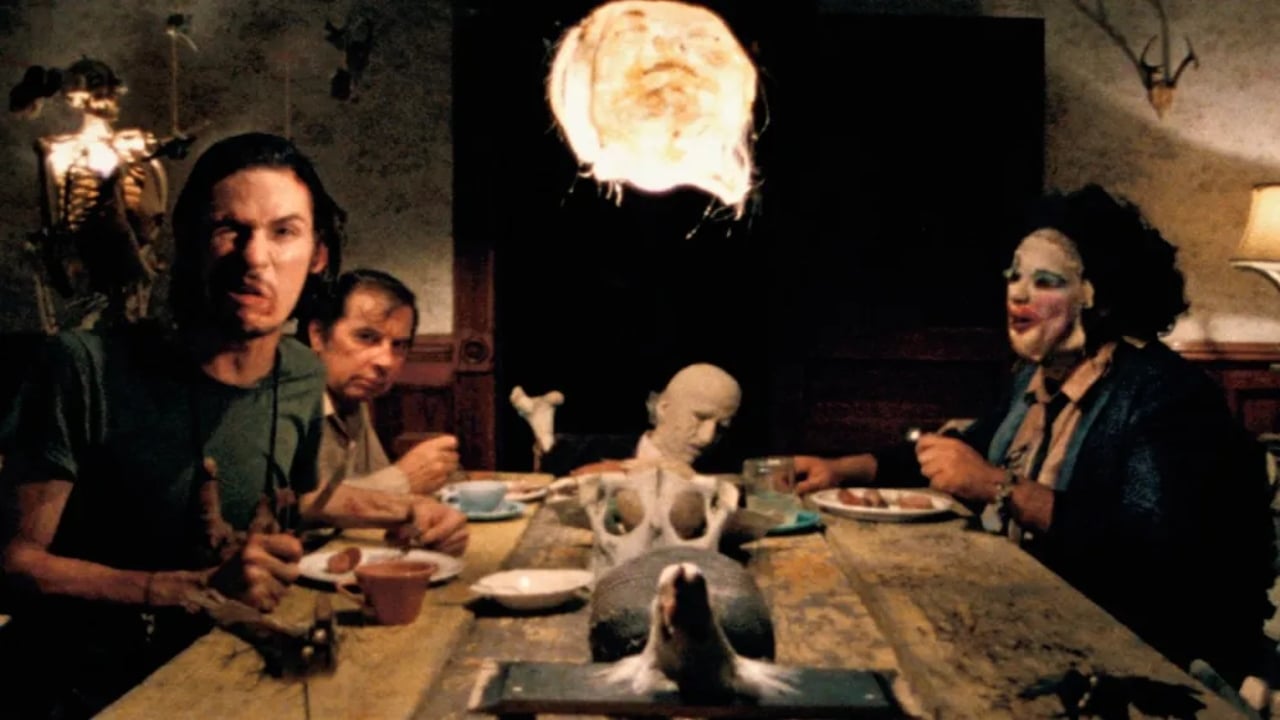
Anyone who watches The Texas Chainsaw Massacre automatically knows that Leatherface steals the show. His intimidating stature and terrifying chainsaw would make even the most lion-hearted viewers cower in fear. As a homicidal cannibal slumming it in rural Texas, Leatherface stalks, hunts, kills, and subsequently skins and devours his victims. However, as many origin stories have indicated, Leatherface wasn’t always a brutal murderer; he was transformed over years of negative influence from his family, who apparently change with each installment to revamp the timeline. In the original 1974 film, directed by Tobe Hooper, Leatherface is aided (and mentored) by his brothers, Drayton (Jim Siedow) and Nubbins (Edwin Neal) Sawyer, who are criminal assailants to Leatherface’s torture and dismemberment. Nubbins poses as a helpless and mentally handicapped hitchhiker to lure in unsuspecting travelers and tourists, then leads them toward the Sawyer ranch — where Leatherface kills and mutilates them — and allows Drayton “The Cook” Sawyer to serve them up as a well-deserved feast.
Drayton and Nubbins Sawyer are severely underrated for their roles in The Texas Chainsaw Massacre. Leatherface may be the actual threat, but Drayton and Nubbins make their eerie presence known within the household and serve valuable (and disturbing) purposes to keep the cannibalistic family fed. Both Siedow and Neal played their roles impeccably, truly bouncing off Gunnar Hansen’s Leatherface for an unsettling and frightening trio. The only true crime in The Texas Chainsaw Massacre is that Drayton and Nubbins never get the recognition they deserve.
Esther (Orphan)
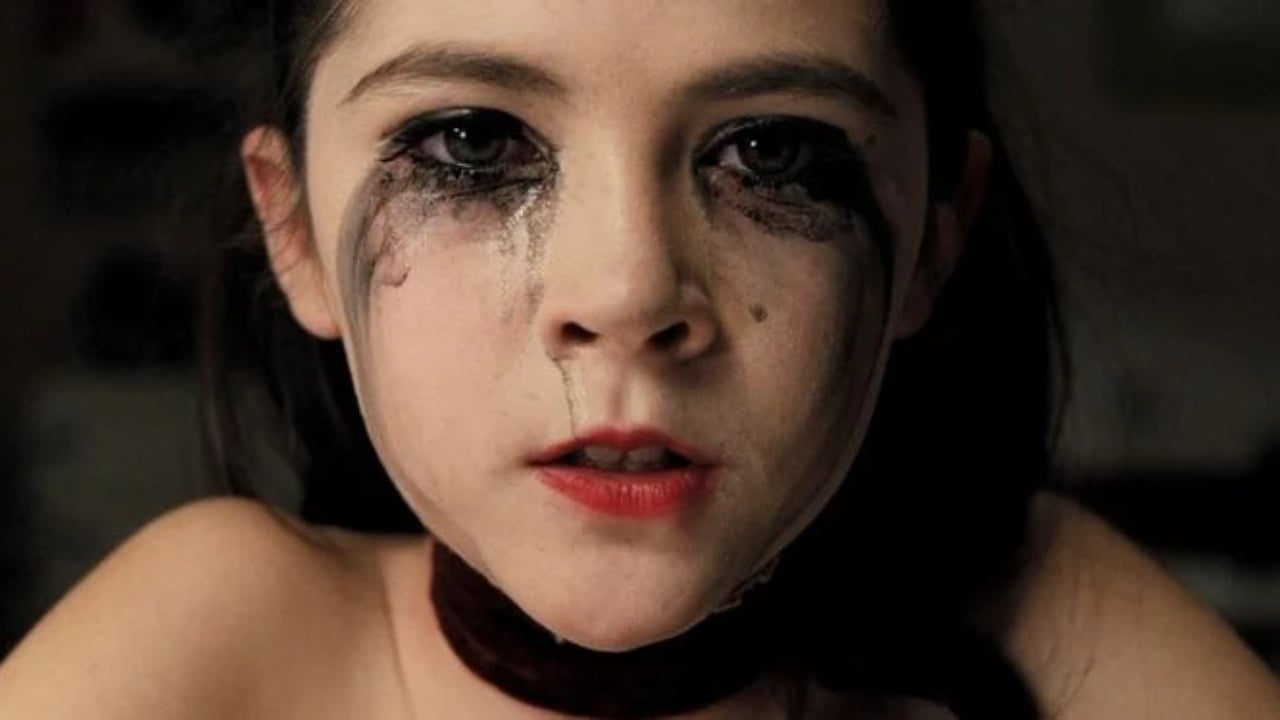
Overall, Orphan — as a complete dark horse — is rarely ever spoken about as often as the more conformist psychological horrors. Not just its central antagonist, Esther, but the whole Orphan concept is underrated. The notion of a nine-year-old girl turning out to be a 33-year-old with a rare hormonal disorder was mind-blowing in itself, not to mention admirably creative and unconventional. Isabelle Fuhrman, who portrays Esther, has been labelled a “horror icon” and plans to reprise the role in the upcoming prequel Orphan: First Kill. Unfortunately, Esther is overshadowed by the more immediately prominent horror antagonists, such as Michael Myers and Jigsaw, but she has such a unique malevolence that makes her less formulaic than other slasher icons. It can be said with the utmost confidence that Esther was likely born evil, whereas others were not.
Throughout the whole film, Fuhrman’s Esther amps up the scare factor, keeping a certain element of mystery about her while inconspicuously stalking an innocent family. Some serious credit is owed to Fuhrman, who, as a 12-year-old starting out as an up-and-coming actress, delivered a believable and harrowing performance as Esther. Perhaps the blossoming talent is what made Orphan so attractive, knowing that Fuhrman would be remembered for such a demanding role. Regardless, Esther breaks the mold by putting a personalized spin on the word “deranged” and making a nine-year-old more fearsome than a fully-grown man in a boiler suit.
Pamela Vorhees (Friday the 13th)
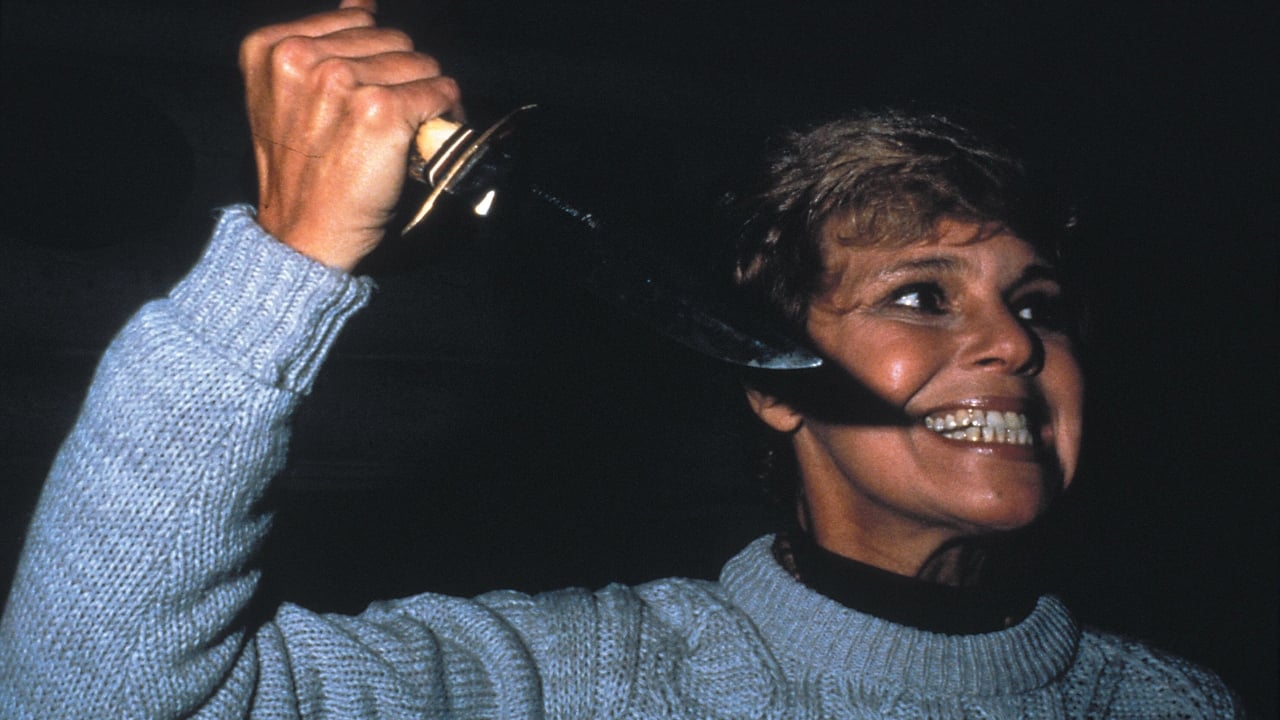
Ask anyone: Who was the killer in Friday the 13th? It can be almost guaranteed that they would say Jason Vorhees. Thankfully, avid horror fans know that the original killer was Jason’s mother, Pamela Vorhees, who sought revenge on the Camp Crystal Lake counselors for standing idle while her son drowned years prior. After endless remakes and sequels, the Friday the 13th franchise has plotted several courses, branching out from the 1980 original and continuing the legacy of Pamela Vorhees through the violent killing sprees of her resurrected son. Nothing beats the original ⏤ everyone knows that ⏤ but the Friday the 13th franchise has relied in Jason Vorhees as its mascot for so long that Pamela has faded into the background. She started it all, but after Jason took on the mantle, everyone forgot all about her.
Especially given that she only had one film to make a lasting impact, Betsy Palmer nailed her on-screen rendition of Pamela Vorhees. She may not have been overjoyed about participating at first, but Palmer came to celebrate her participation and it made her famous as a slasher icon. As one of the most surprising revelations in horror, Friday the 13th‘s middle-aged killer Mrs. Vorhees turned out to be just as formidable as Scream‘s Ghostface or A Nightmare on Elm Street‘s Freddy Krueger. Pamela was just as ruthless, cold-blooded, and heartless as any other villain, only serving to prove that a mother will go to any lengths for her child. Plus, we could all sympathize with Vorhees, which was a redeeming quality that made her more human and (to some extent) less accountable for her actions.
Amanda Young (Saw)
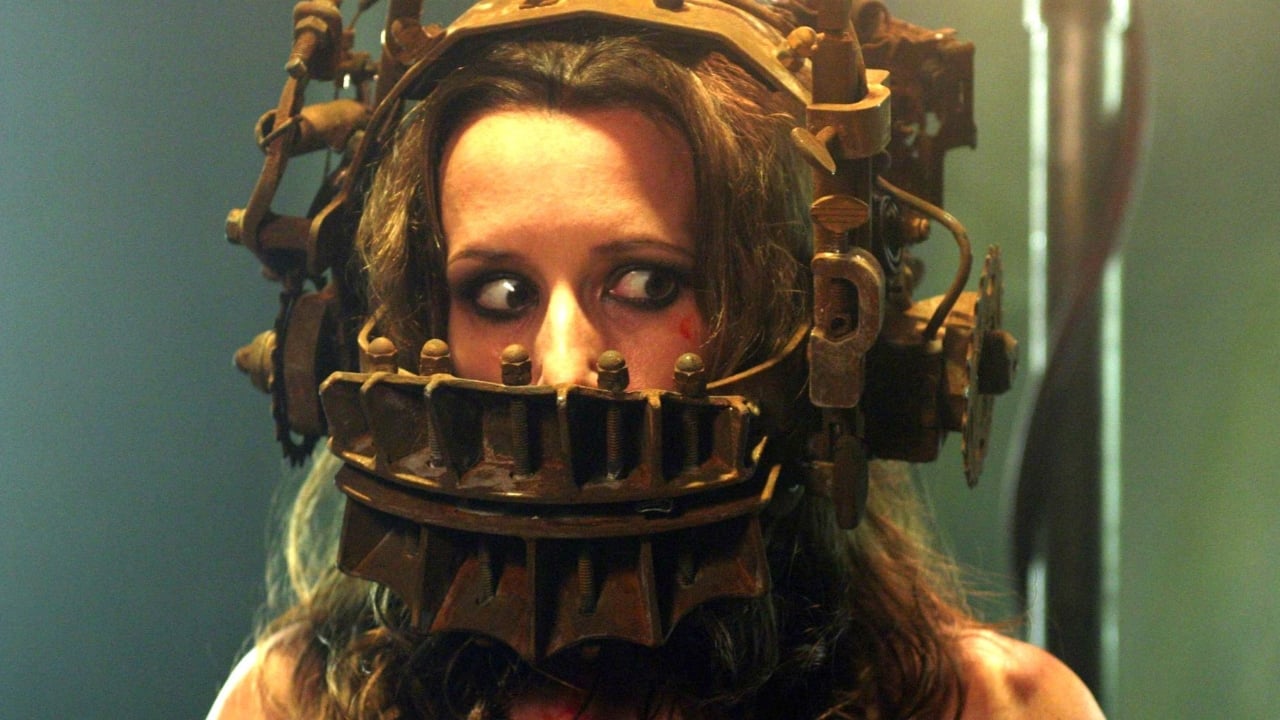
Saw equals Jigsaw. John Kramer’s Jigsaw Killer is the central focus in James Wan’s Saw franchise. Even after meeting his demise in Saw III, Kramer’s legacy lives on in his accomplices, Amanda Young and Detective Mark Hoffman. Amanda Young was the only known survivor of the Jigsaw Killer before her death in Saw III. She is shown briefly in Saw, surviving Kramer’s reverse bear trap and living to tell the tale, before her backstory is expanded and she becomes Kramer’s successor. Although she only lasts three films, Shawnee Smith’s Amanda Young provides a crucial piece of the puzzle, tying up loose ends from Saw and bringing the trilogy full-circle.
In Saw III, Young gets her official outing as Kramer’s accomplice and she remains a consistently unnerving force of nature throughout. In a surprising twist, Amanda is revealed to have rigged the “games” that mimic Jigsaw’s tests, making it impossible for her test subjects to survive. She starts rebelling against John’s teachings and claiming that the subjects never learn anything and cherish life just as little as they did before. Kramer and Hoffman’s story could not have been told effectively had it not been for Amanda, especially in regards to the Jigsaw character, who finds himself having tender feelings towards Amanda. Smith’s Young is a multi-layered, incomprehensibly complex character who finds herself at rock bottom with nowhere else to go and finds someone to love and to sacrifice for. She keeps the gears turning long after John had passed, along with Hoffman, but her importance within the story goes far beyond just offering a helping hand. She has a courageous, diligent, and fearless personality that makes her forbidding by herself.
The Masked Man (Hush)
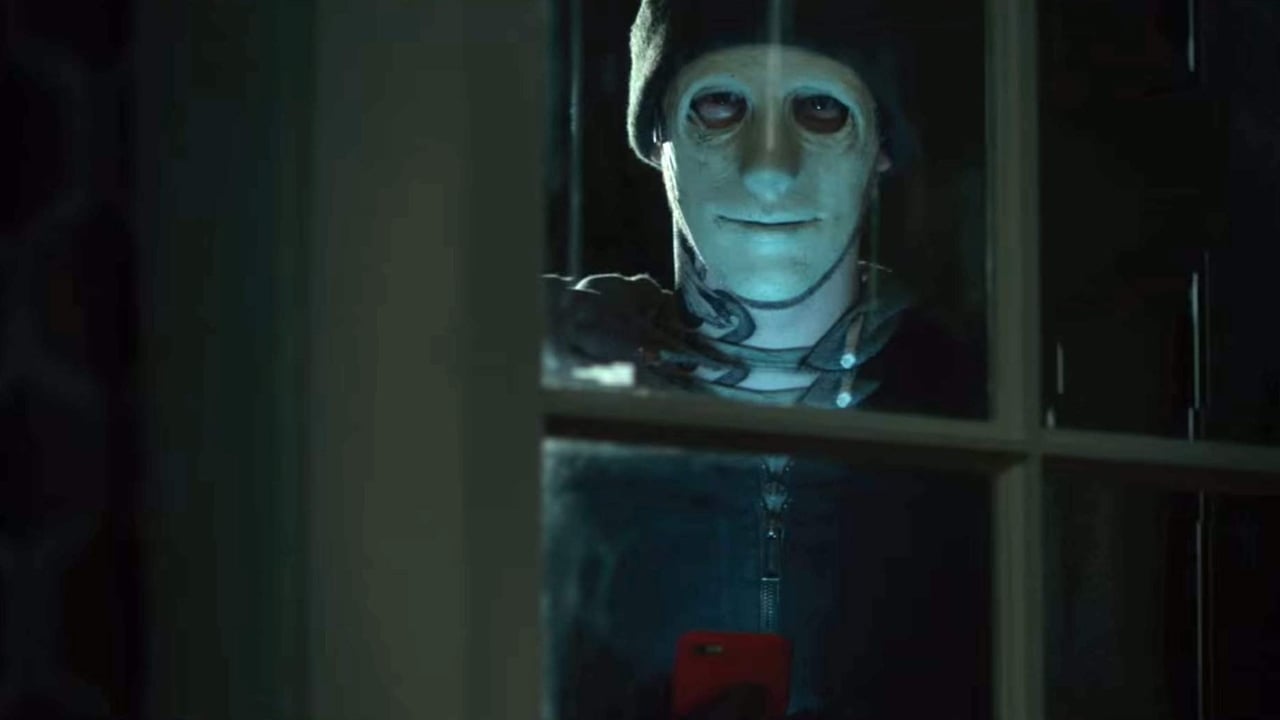
Mike Flanagan’s Hush features one of the simplest yet most effective killers in horror history. The Masked Man, played by John Gallagher Jr., seeks out his latest victim to terrorize and encounters Maddie, a deaf and mute writer living alone in a secluded area. For the whole film, the masked assailant torments Maddie, keeping her prisoner in her own home and using her disability to his advantage. Considering that there isn’t anything special about the Masked Man (i.e., he isn’t supernaturally immortal or enhanced), he feels menacing and the realism embeds the simple fact that this scenario could happen in reality. There could be someone out there — deaf and mute — that this could happen to, not to mention a Masked Man sadistic enough to torment said victim, which makes Hush all the more unsettling.
Gallagher Jr. has the commanding and spine-chilling presence that makes the Masked Man feel authentically evil, shamelessly targeting someone who would struggle to defend themselves purely for the sake of entertainment. All the while, Gallagher Jr.’s character is malicious, forbidding, and coldly calculating, if not exceedingly proud of himself for causing such terror in another human being. His underrated performance as a serial killer (who is, by definition, an extremely typical example), completely reinvents the home invasion genre of horror, following in the footsteps of cult-classics like The Strangers, wherein ordinary people are capable of horrific torment, and it instills a fear within us that makes us double-check our locks at night.
Black Phillip (The Witch)
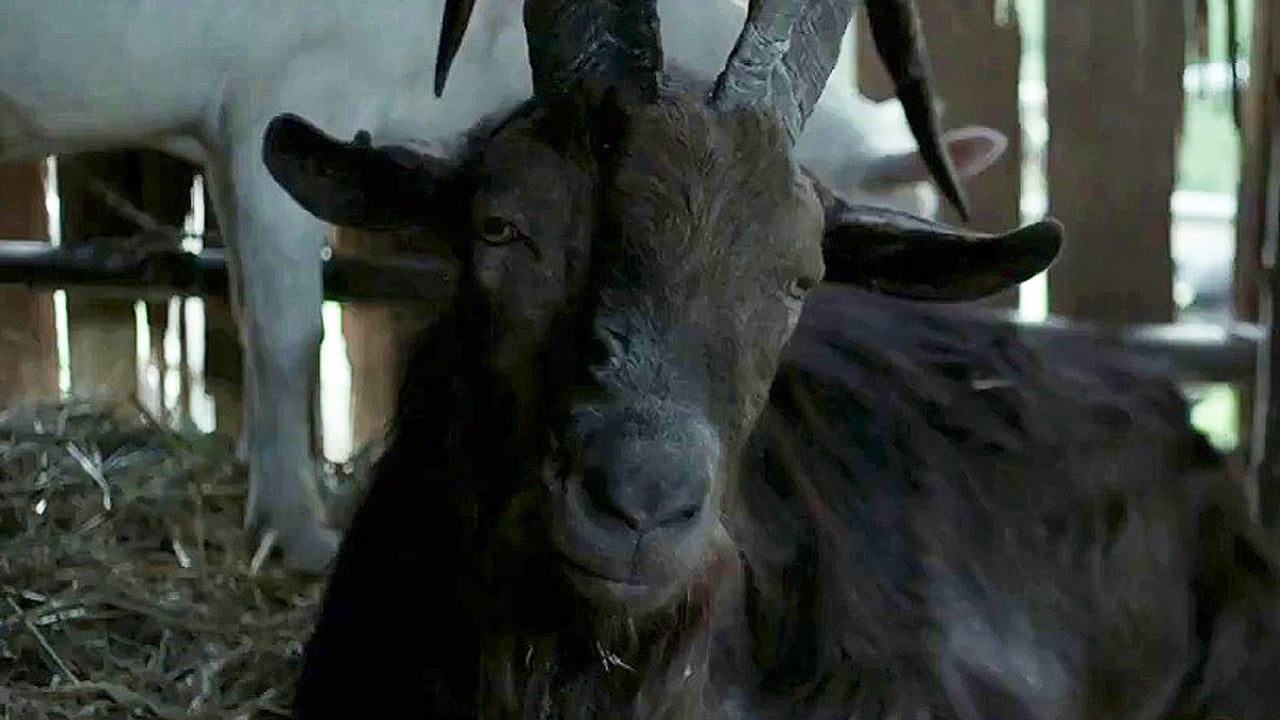
Although he remains out of sight for the duration of the film, acting as an unholy spirit of damnation rather than a physical threat, The Witch‘s Black Phillip manages to arouse a unique kind of dread that is only made worse by his absence. Mercy and Jonas communicate with Black Phillip, the only black billy goat on the farm and supposedly the shape-shifting persona of the Devil. Thomasin catches on to Mercy and Jonas’ conversations and begins to suspect witchcraft and devilry. Long story short, Thomasin discovers that Black Phillip is the reincarnation of the Devil and meets his human form, agreeing to become one of his loyal witches. Although only seen briefly as a human figure, Black Phillip presents a constant threat throughout The Witch, acting more as an idea than an actual, physical opponent. In many ways, Satan’s temptation of Thomasin acquires traits of ideological grooming, slowly alienating her from her family and planting darkness and sin to shatter their faith in religion and each other.
It can be argued that religious horror is overplayed, but Black Phillip makes foreboding destruction more gradual and intense, stemming from seeds of betrayal rather than slaughtering the family on the spot and moving on. Black Phillip’s relationship with Thomasin goes far beyond the “final girl” cliché that gives stereotypical heroines the opportunity to escape the clutches of evil and emerge victorious. Instead, Thomasin wants to join Black Phillip voluntarily and he makes her want to, promising her luxuries that her destitute family could never afford. He manipulates and cons Thomasin out of her faithful relationship with God, leading her down the path of deceit without ever laying a hand on her. If a malevolent force — such as Black Phillip — could hide in plain sight and hold such power, that would be a terrifying thought in itself.
The Three Strangers (The Strangers)
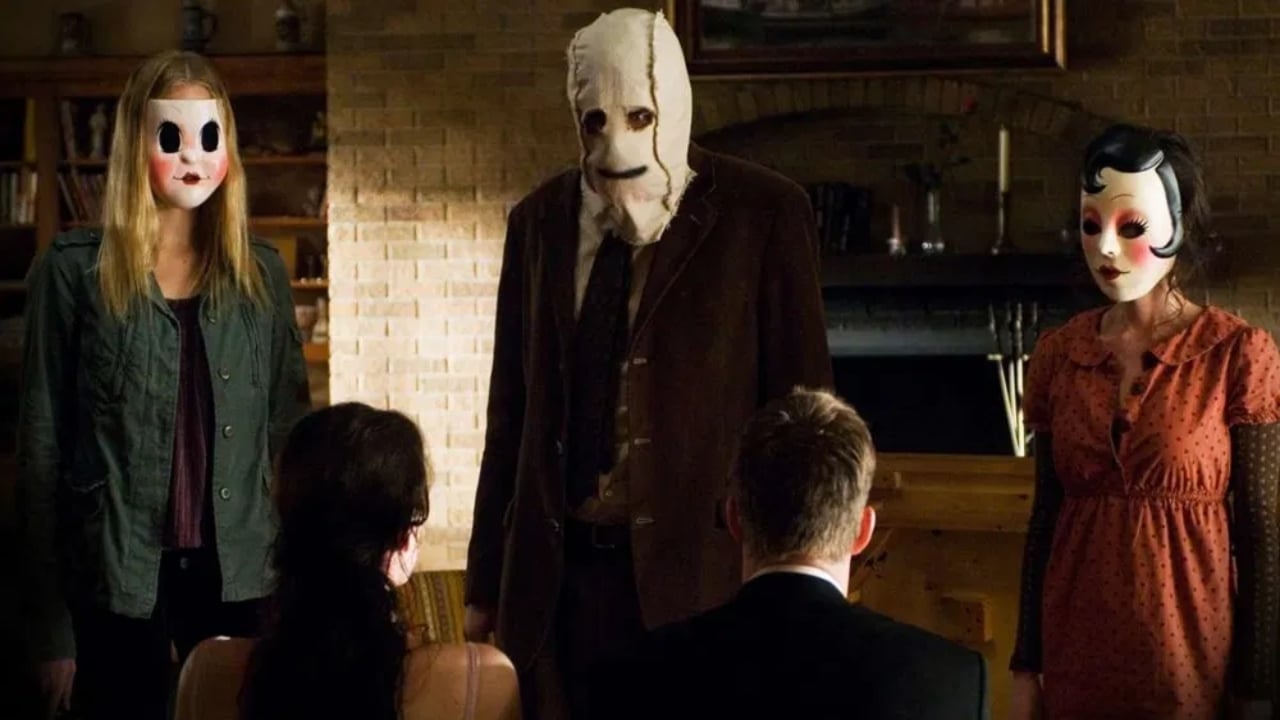
Similar to The Masked Man from Hush, the group of strangers that terrorize James and Kristen are based on real-life serial killers, namely the multiple-homicide known as the Tate murders by the Manson family and a series of break-ins that occurred in director Bryan Bertino’s neighbourhood during adolescence. The Strangers became a sleeper hit, mostly due to its terrible threesome — Doll-face, Man in Mask, and Pin-Up Girl — and its stranger-on-stranger violence that contradicts the perceived safety of a secluded lifestyle. As the second home invasion horror to make the list, The Strangers serves to prove that the simplest concepts are often the most underrated — right down to their villains. There must be something compelling about the anonymity of masked assailants, especially as The Strangers never shows their faces throughout the film, making it all the more unnerving as it becomes harder to identify the killers as human beings.
Considering that The Strangers is based on true stories — though not biographical — amps up the creep factor. Bertino commented during promotional interviews and press releases that he had experienced a similar build-up, only solidifying the high probability of a similar situation happening to anyone. The Strangers asks its viewers to consider the viewpoint of the victims, who are relentlessly hunted by three unnamed attackers and fight to survive. Perhaps the inability to establish an identity or motive for these three killers is what makes them so terrifying. The Strangers is a completely random and unfortunate occurrence where two people are in the wrong place at the wrong time — and it could happen to any one of us.
Mason Verger (Hannibal)
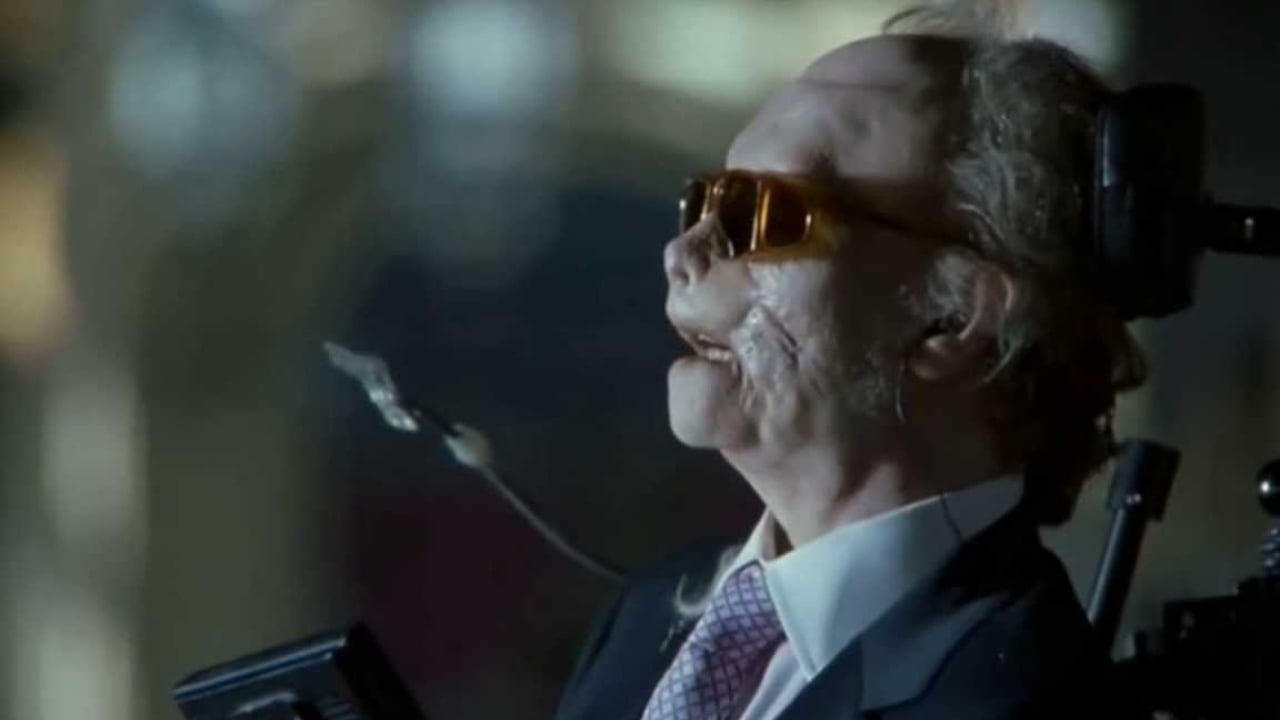
Obviously, Hannibal Lecter is the main villain of Hannibal, but unlike Silence of the Lambs, its unorthodox sequel makes Anthony Hopkin’s calculated cannibal out to be the victim, especially after Mason Verger is introduced. Although Verger suffers from Lecter’s influence, he was inherently evil long before Dr. Lecter scheduled a therapy session. Mason Verger was a sadistic, wealthy, and notorious pedophile, taking pleasure in cruel sexual acts, such as torturing animals or molesting children. He was a bad apple, no doubt about it. After an encounter with Lecter, who drugs him and coerces him into horribly disfiguring himself, Verger plots revenge against Hannibal by breeding wild boars, specifically bred for the purpose of eating human flesh.
When Hannibal and Verger come face-to-face, the whole ordeal is massively uncomfortable. Verger details the horrific torment in store, including feeding Hannibal’s feet to the boars first, then suspending him and inducing a saline drip to literally add salt to the wound for optimum pain reception. Every vile thought in Verger’s head is plainly gruesome and inhumane, which makes him an exceedingly effective and daunting antagonist. Needless to say, Gary Oldman’s portrayal is physically repelling and endlessly intimidating — right up to his inevitable death — and his malevolence is judged by his barbaric nature.
The Entity (It Follows)
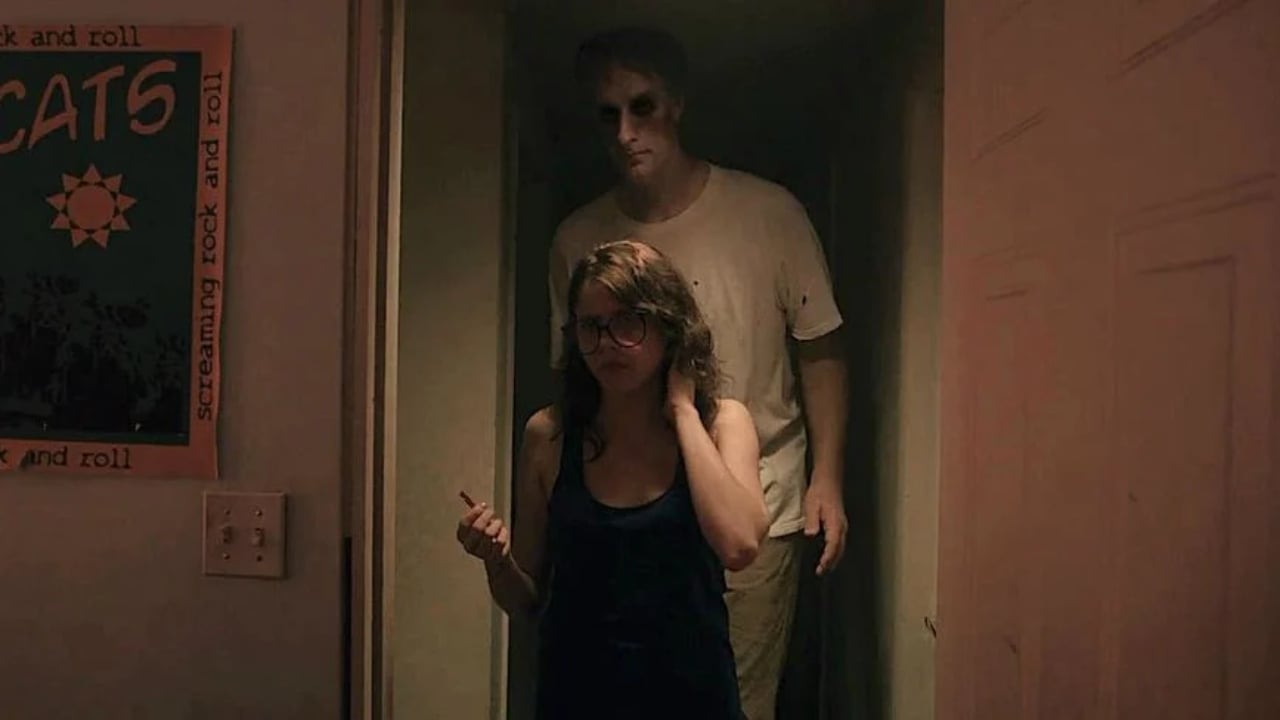
Not dissimilar to Black Phillip, It Follows‘ Entity can take more than one specific form, taking on multiple appearances depending on who perceives it. Inherited from unprotected sex, the Entity can take the menacing form of anyone, anywhere — even those you love and trust — and won’t stop pursuing you until you’re dead. It Follows has been interpreted as a parable about HIV/AIDS and other sexually transmitted infections (STIs), but the inventive, original concept is just as distressing on a base level, even without its complex implications. This indie chiller plays knowingly with genre tropes, embracing the cliché of an alarming pursuit by a supernatural entity and somehow refreshing it for the modern age.
In the film, the Entity can be seen as an old woman, insignificant to the protagonist Jaime, then later, Jaime sees the Entity as her neighbour Greg, who she knows and trusts. It may very well be the unpredictability that makes the Entity a formidable enemy, but the changing appearances feel chaotic and uncertain, making the unfortunate victim unsure of who to trust — even family and friends are off-limits. The Entity is emotionless, savage, and near-inescapable as a never-ending chain of potential casualties roped in by sexual urges and joining the waiting list to live in fear for the rest of their lives.
Semira (Underworld: Blood Wars)
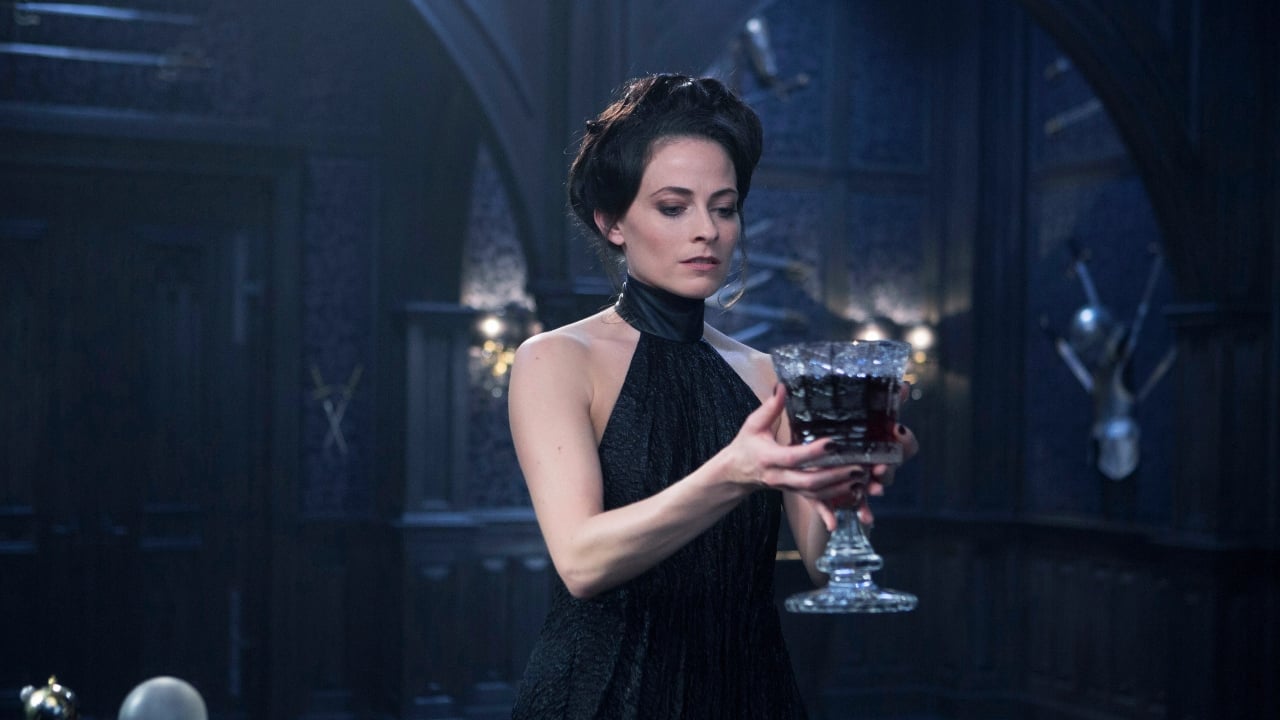
Much more conventionally villainous than some of the other choices, Underworld: Blood Wars gave us an ominous villain in Semira, the previous leader of the Eastern Coven and member of the Elite Council. During Blood Wars, Semira became unsatisfied with her position within the Council and plotted to overthrow the Elders with the help of Death Dealer Varga — with whom Semira became lovers. Semira acts as an undercurrent, hidden underneath glorious blue waves, waiting to drag the Council under. Additionally, Semira presents herself as a formidable foe for Selene and David, outwitting and overpowering them at every turn, either by herself or using her assets.
Semira is an arrogant, ambitious and ruthless run-of-the-mill narcissist, always seeking to make herself more powerful and mindless as to the consequences of her actions. Lara Pulver manages to make Semira humanly inhuman, grounding her with emotion but counteracting the sentiment with an otherworldly cruelty that only a supernatural being could possess. Although she only has a brief outing in Blood Wars, Semira is memorable as a vicious and heartless betrayer of the Eastern Coven, pulling all the strings from behind-the-scenes and turning her own kind against one another in the name of ultimate power and leadership.

